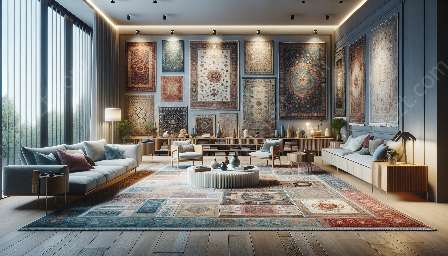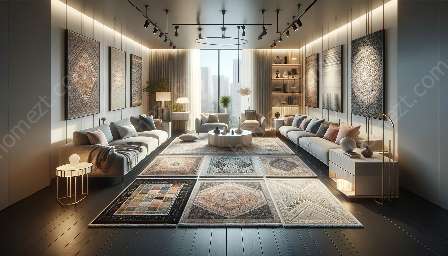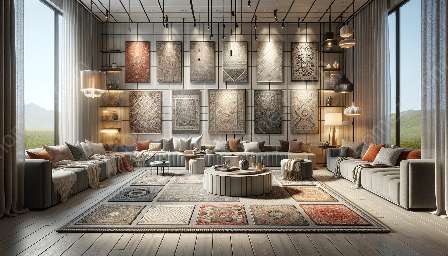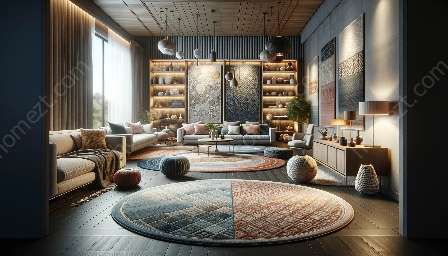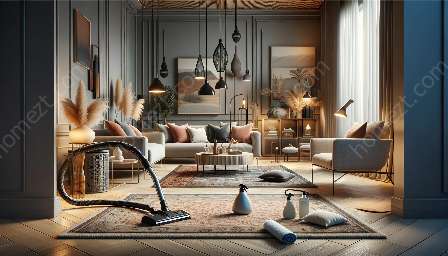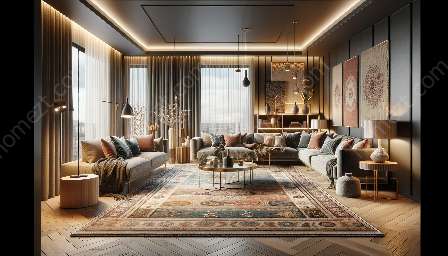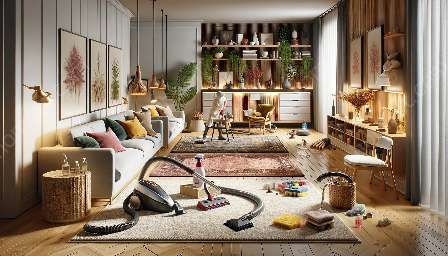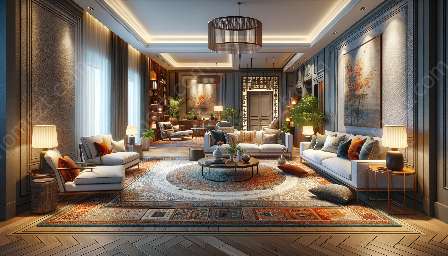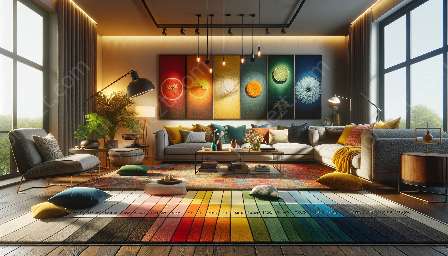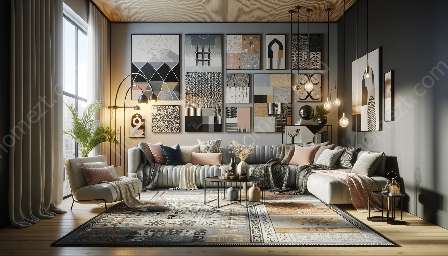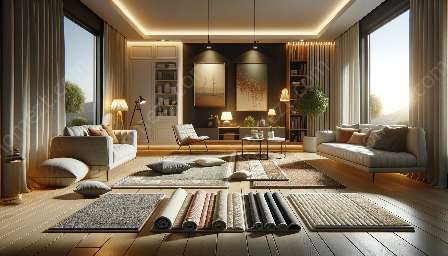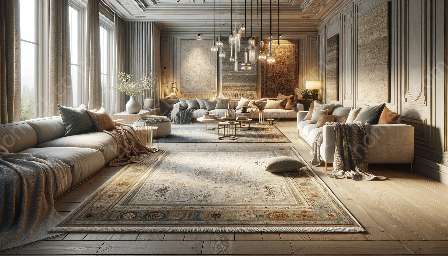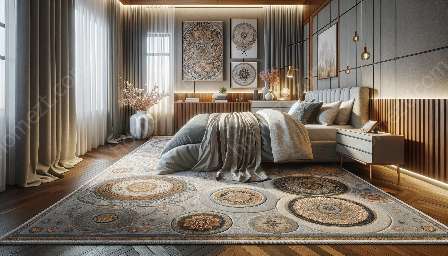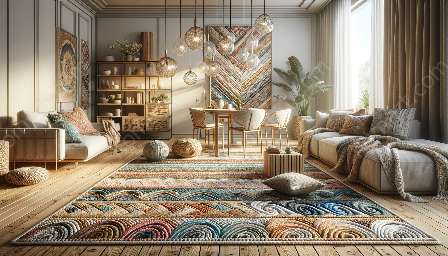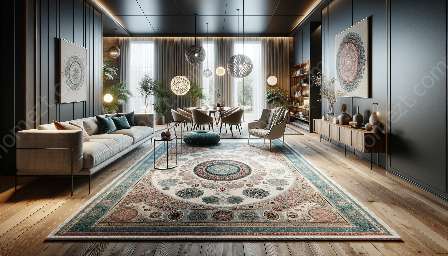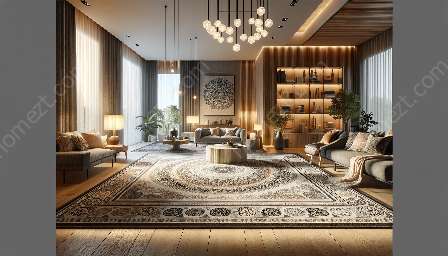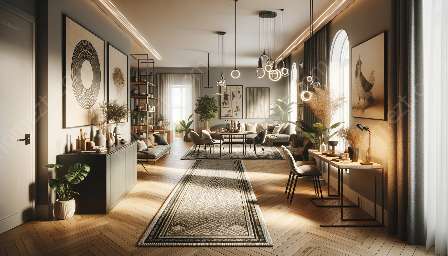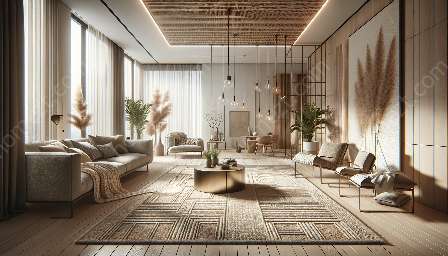When it comes to interior design, one of the most significant aspects that can transform a space is rug placement and arrangement. Rugs not only add warmth and texture to a room but also have the power to tie together the various elements of home furnishings, creating a balanced and cohesive look.
Understanding Rug Placement
Before delving into the arrangement of rugs, it's crucial to understand the different placement options. A rug can be used to define specific areas within a room, such as a seating area in a living room or the dining area in an open-plan space. Additionally, rugs can also be used as a focal point or an anchor for the furniture in a room.
Choosing the Right Rug
When considering a rug for your space, it's important to select the right size, shape, and material. The size of the rug should be proportionate to the size of the room and the furniture it will be placed under. Shapes can vary from rectangular to round, and the material should complement the existing furnishings and decor.
Guidelines for Rug Placement and Arrangement
There are several guidelines to consider when arranging and placing rugs:
- Measurement: Before purchasing a rug, measure the area where it will be placed to ensure it fits appropriately and leaves sufficient space around the edges.
- Furniture Placement: When positioning a rug in a living room, ensure that all key pieces of furniture are at least partially on the rug to create a cohesive look.
- Layering: For added depth and visual interest, layering rugs can be an effective technique. This involves placing a smaller rug on top of a larger one, allowing both to be visible and contribute to the overall design.
- Consider Traffic Flow: In high-traffic areas, such as hallways or entryways, choose durable rugs that can withstand frequent use while still looking aesthetically pleasing.
Enhancing Your Space with Rugs
Once the rug has been placed, it's time to think about the overall arrangement. Rugs can serve various purposes, such as adding warmth, defining spaces, absorbing noise, and creating a focal point. By incorporating rugs into a room, you not only enhance the aesthetic appeal of your home furnishings but also promote a sense of comfort and functionality.
Additional Tips for Arrangement
Here are some additional tips for arranging rugs in different spaces:
- Living Room: In the living room, ensure the rug is large enough to accommodate all the seating furniture, creating a unified and inviting space. If the room is large, multiple rugs can be used to define separate sitting areas.
- Dining Room: For a dining area, the rug should be large enough to accommodate the table and chairs even when the chairs are pulled out. This ensures a cohesive and visually appealing dining space.
- Bedroom: When it comes to the bedroom, place the rug partially under the bed, extending at least 18 inches beyond the sides and the foot of the bed for a balanced and cozy look.
- Outdoor Spaces: Rugs can also be utilized in outdoor spaces to delineate different areas, such as seating and dining areas, adding a touch of comfort and style to the surroundings.
Conclusion
Rug placement and arrangement play a pivotal role in elevating the overall look and feel of a space. By understanding the principles of rug placement and considering the existing home furnishings, you can create a harmonious and inviting environment that reflects your personal style and complements your lifestyle.
With the right rug in the right place, your home can be transformed into a haven of comfort and style, where every element, from the furniture to the rugs, works together seamlessly to create an attractive and functional living space.

